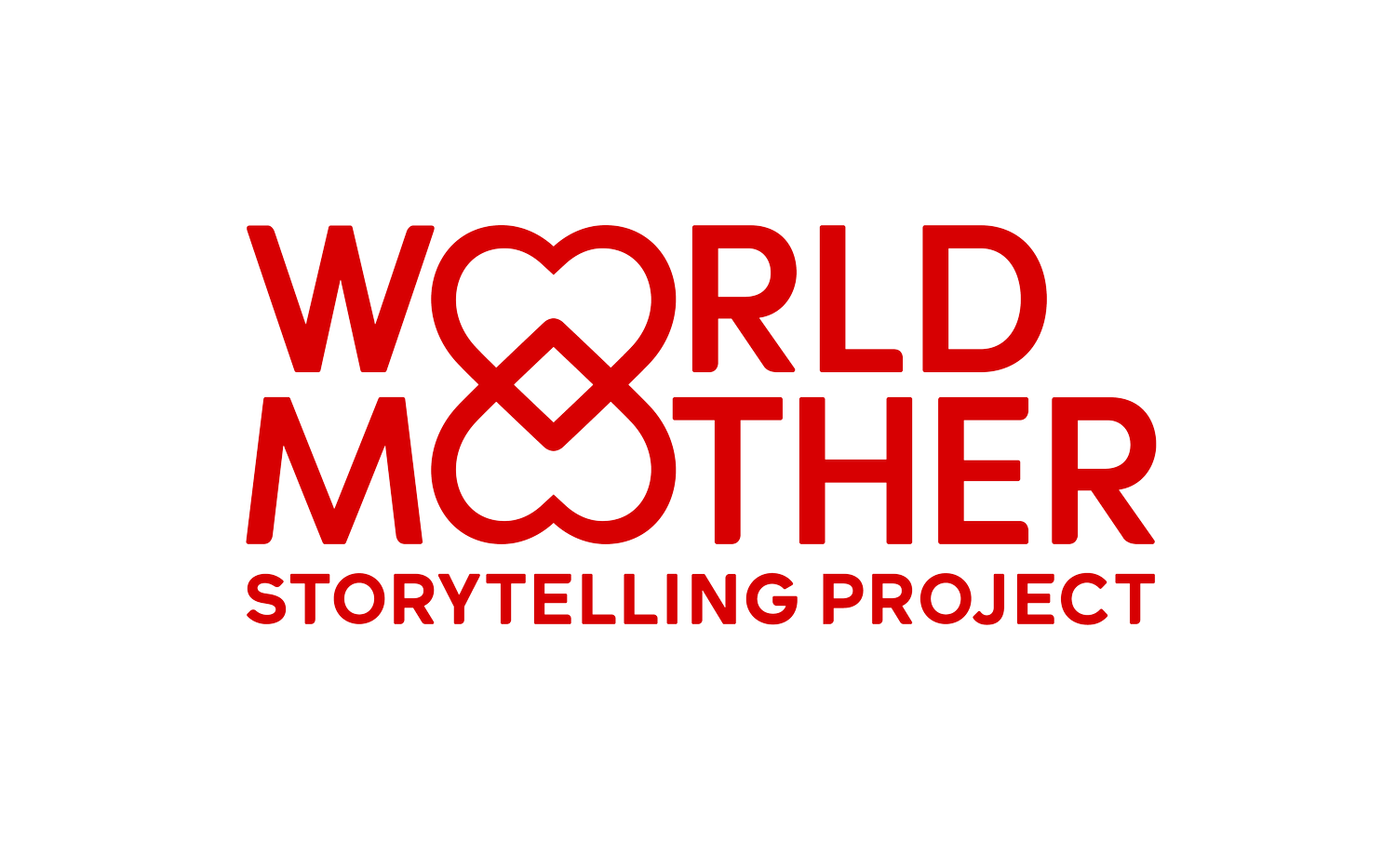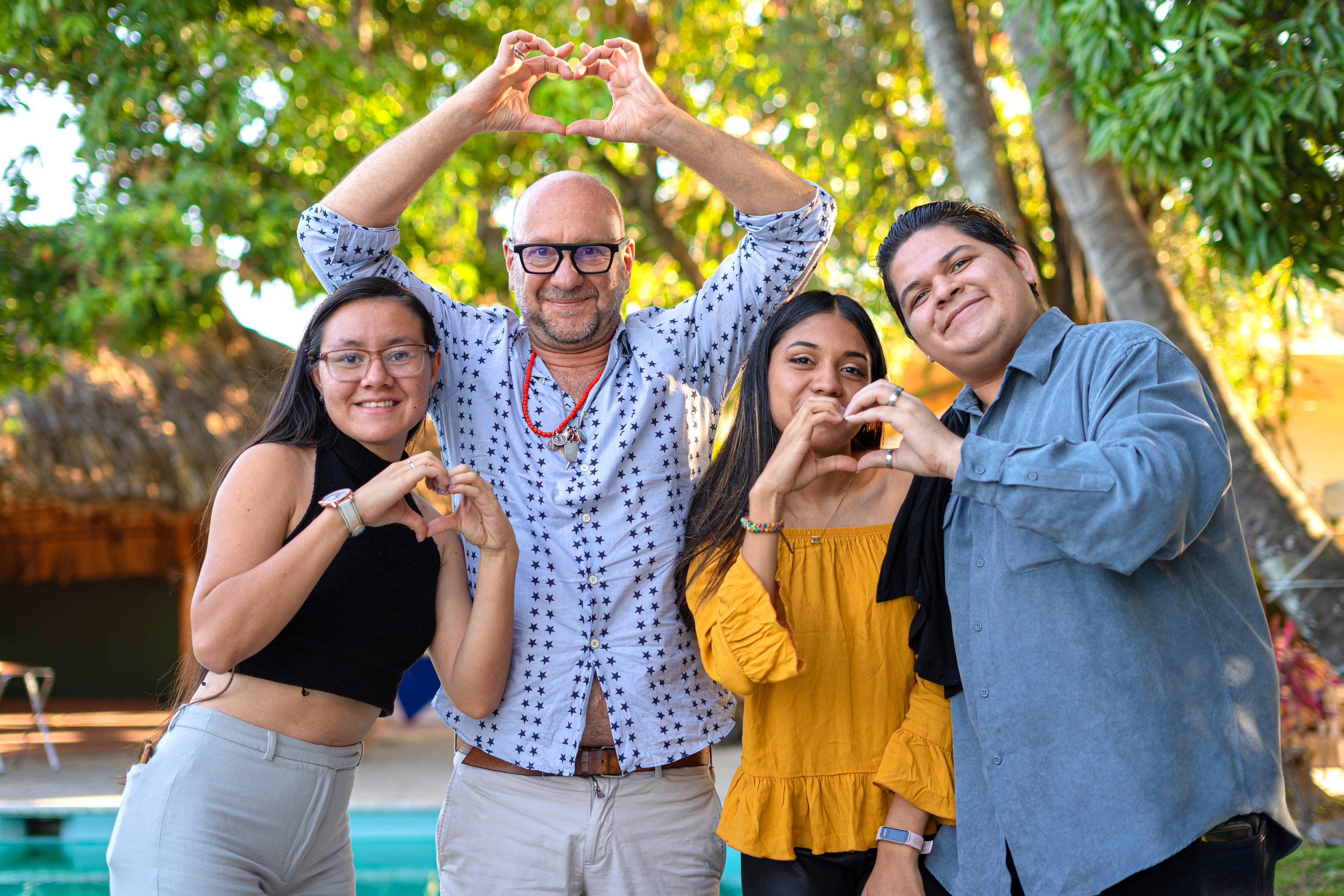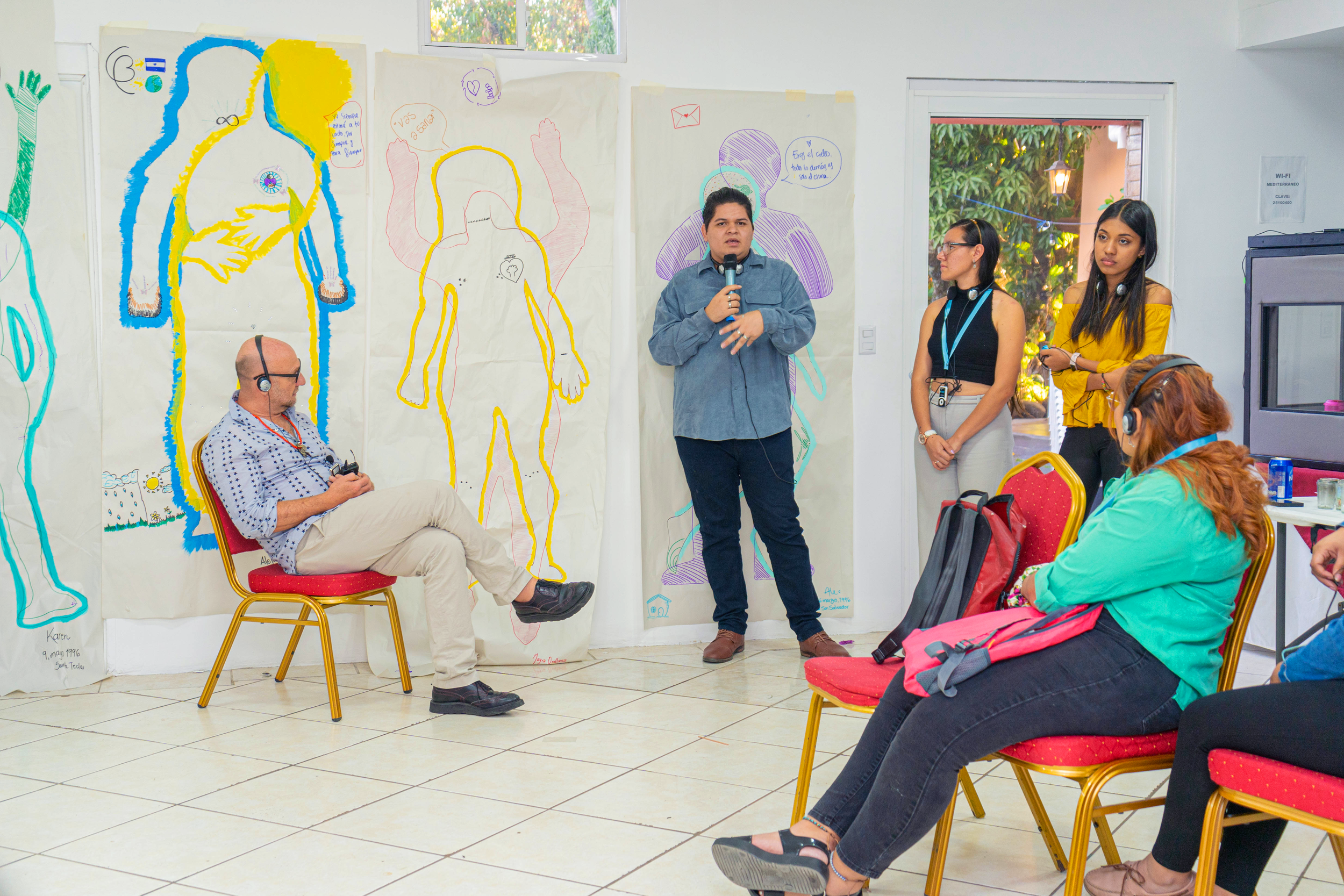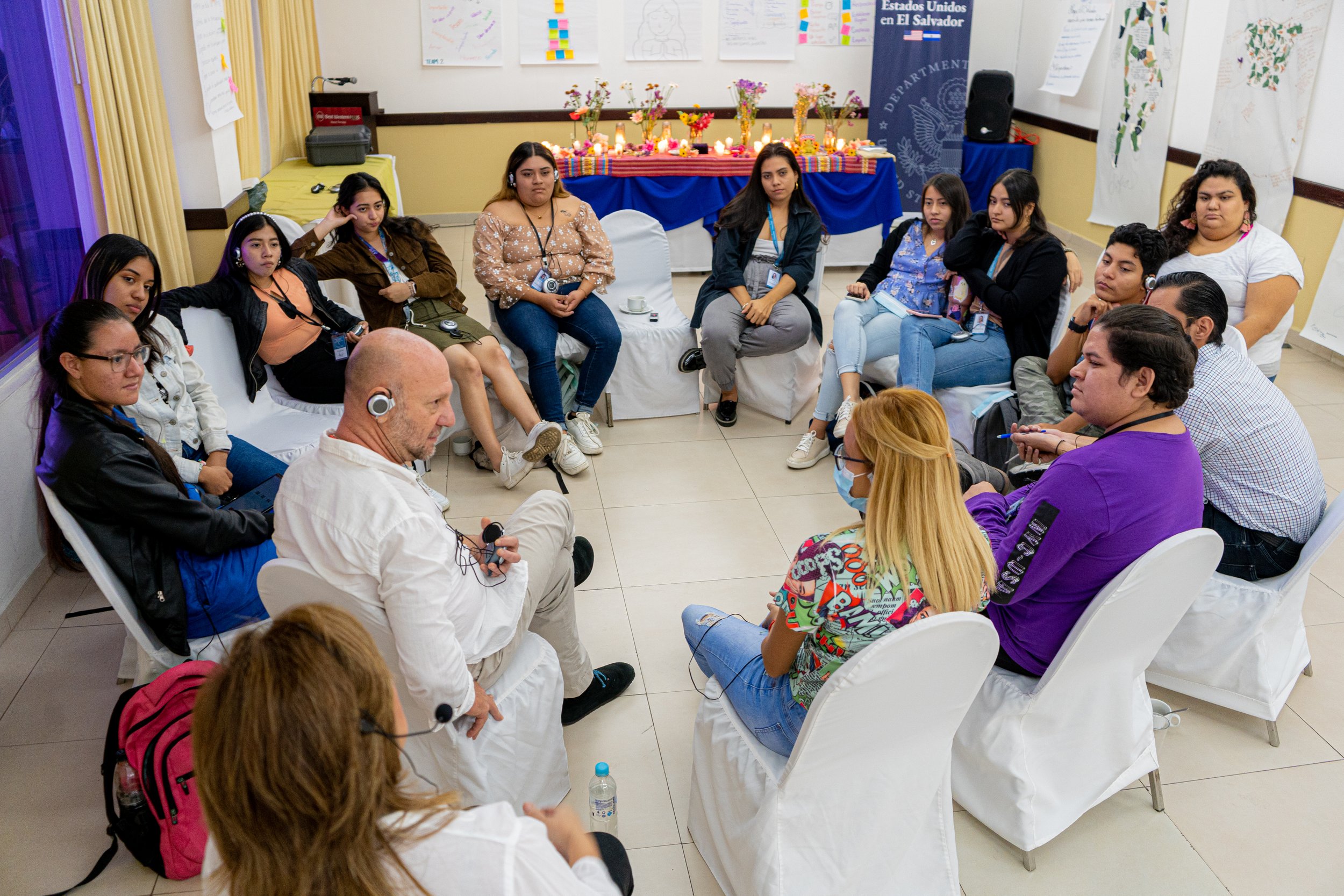The Challenge
We live in a world that is experiencing multiple overlapping crises. The intergenerational trauma associated with climate change, systemic oppression, and the modern political economy has reached a fever pitch. In order to move forward towards a more connected and relationally oriented future, there are many potential solutions that will have to work together. We believe that a more just and inclusive telling of history is one of them.
The Solution
By teaching children of all ages how to tell their mothers’ stories, and by teaching mothers to tell their own stories, we can bring forth a new perspective on our history and society that prioritizes tenderness, compassion, and empathy. Speaking and conserving our history in this way, and teaching people how to do it themselves is a powerful tool that can positively impact advocacy and community building, and it can help us move towards a more equitable, just, and sustainable future.
Narativ Listening and Storytelling Method
In 1994, Murray Nossel created an original method to teach dying AIDS patients how to listen to and share stories with one another. Left behind as personal legacies, these stories led to a social campaign to advocate for research and services forAIDS patients. Murray then co-founded Narativ,whose mission is to implement the listening and storytelling method in a wide variety of contexts to effect social change. Narativ has since spread its method internationally, working with organizations such as Open Society Foundations and UNICEF.
Integration of Listening and Storytelling and the World Mother Storytelling Project
Our method has increasingly incorporated public participatory art into our international programming. Our work reveals the intersection of the physical body and the body politic. The body is not only a repository of memory but also a landscape where stories unfold. It is often a battleground for power relations, where dominance is enacted, experienced, and remembered. More than a metaphor, the body serves as a direct record of lived experience—an ideal medium for excavating and performing stories that trace the imprint of power and history.. The inclusion of body maps in the listening and storytelling performance was inspired by my work with the Bambanani Project, a participatory initiative in South Africa where women living with HIV created life-sized self-portraits to narrate their experiences. Body mapping, a method of tracing the body’s outline onto paper and filling it with symbols, colors, and words, allowed participants to bypass the constraints of language, making visible what might otherwise remain unspoken. The process, at once intimate and expansive, transformed private suffering into a communal act of witness. Displayed in clinics, workshops, and galleries, these maps did not merely depict the physical self but revealed a layered interior world, inscribed with memories, struggles, and resilience, ensuring that stories, too often silenced, found shape and permanence beyond the limits of speech.




